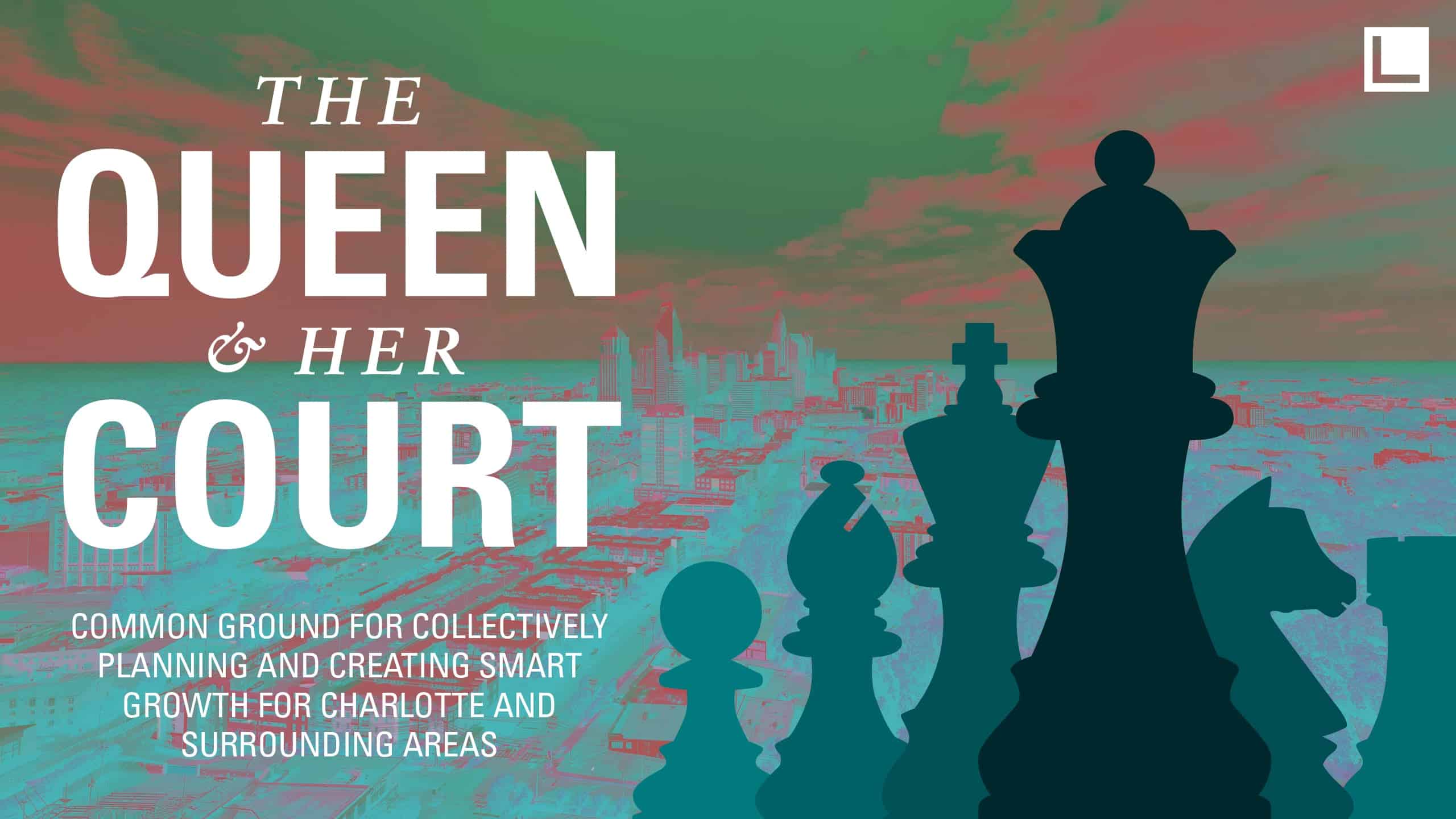
The Charlotte region has experienced tremendous growth and economic expansion over the last 30 years. This brings incredible vitality, with people from all over the country settling in the Charlotte region and businesses continuing to seek this area to set up their headquarters, but also several challenges. Several initiatives are underway to accommodate this growth, such as light rail, interesting infill projects, and continued investment in several parts of the region; however, we are at a tipping point. Charlotte is going through a rigorous planning process and is developing a Charlotte Future 2040 Comprehensive Plan to be reviewed by the city, ultimately leading to a new Unified Development Ordinance that can better address some of the 21st century’s greatest challenges. New thinking and planning offer great opportunities for Charlotte and the surrounding communities to be shining examples of how to grow in a smart way that benefits all people.
In March, Little hosted a webinar moderated by Natasha Edwards with distinguished planning directors from Charlotte and surrounding communities. Taiwo Jaiyeoba, Director of Planning, Design and Development from Charlotte, Penelope Karagounis, Planning Director from Fort Mill, SC, Kevin Ashley, Deputy Planning Director from the City of Concord, and Jay Camp, Planning Director from the Town of Matthews.
Each guest spoke about the things they are doing as their communities grow, as well as some of the challenges they are facing. Each Planning Director discussed their need for:
- Creating open green space and equitable access for all.
- Determining how to best address affordability. In some cases, private developers are tackling that challenge on their own, and in other cases, the local governments are providing incentives to better address the challenges.
- Solving for transportation and finding ways to reduce vehicular traffic is also under careful evaluation. Walkability and access to public transit are by far the most looked at solution for reducing traffic congestion and pollution.
As the Charlotte region continues to grow and land becomes more expensive and scarce, it will be critical to find ways to preserve the open green spaces that exist and develop in a denser yet more desirable fashion. This idea meets some resistance, yet the resistance does not offer solutions to offset rapidly evaporating greenspaces, pollution, infrastructure cost, and many other more problematic challenges that come from the status quo of development. In response to these challenges:
- Fort Mill has implemented impact fees for development which are sometimes met with strong resistance, yet Fort Mill continues to grow at an incredible rate.
- Concord is doing everything it can to strengthen the core of its downtown and, fortunately, developers have embraced that, creating mixed-use communities with affordable housing contributing to the vitality of its downtown.
- Matthews has been ahead of the game a bit in trying to create slightly denser, nicely scaled neighborhoods that encourage walkability and reinforce a sense of community.
The 2040 plan for Charlotte is attempting to address some of the inequities and challenges that have occurred over decades and is advocating alternative modes of transportation and other planning principles so that ultimately everything essential can be accessed within 10 minutes. This vision grew out of intensive dialogue with thousands of people throughout Charlotte and is currently being evaluated by the City Council. The 2040 plan will go through some transformation, but the goal is that Charlotte’s future development will not only positively serve us but will beautifully serve future generations for decades to come.

